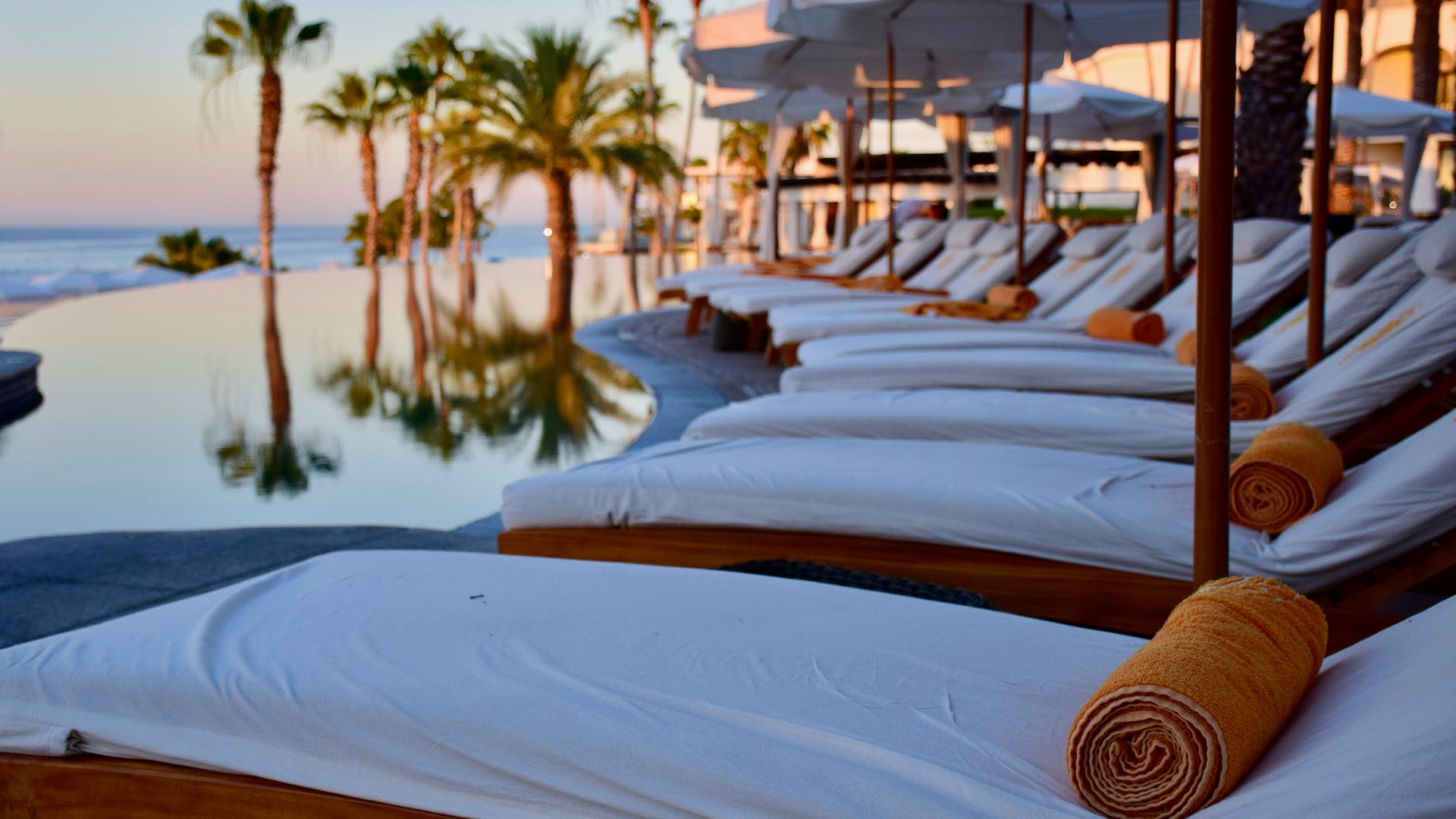
Since IDeaS’ early beginnings in 1989, our timeline of product and service evolution is a great barometer of the fast-paced changes in hospitality revenue management over the decades. And now, we’re seeing expansion into other industries, such as parking and function/meeting space, and providers are keen to leverage the power of automated revenue optimization.
The revolution in pricing methodologies have enabled greater pricing agility and sophistication since the days of dynamic pricing. Folding in future looking demand data sources, i.e. TravelClick Demand360, along with the influence of consumer travel intelligence, i.e. nSight for IDeaS, demonstrates how far we have come from the days of BAR pricing and group displacement.
We have seen common themes in both industry and academia with studies from respected institutions, such as HSMAI and Cornell, keen to highlight core areas of focus for revenue leaders. The move towards what we refer to as “next generation integration” turns the focus on what should go into the optimization cycle: critical and relevant data vs. “noisy” data such as weather, flight, regrets, denials, web analytics and so on.
Indeed, there are still many inconsistencies and variations within the hospitality industry today with the use of reputation, competitor and benchmark data. As I work with enterprise hotel groups in the EMEA region, I am frequently asked, “what is the industry talking about in 2018?”
Working with an intuitive RMS tools, enables revenue leaders to create better informed campaigns and tactical promotions, better influence e-commerce strategies and use enhanced “what-if” functionality which leverages powerful predictive analytics to drive incremental revenues.
With the move towards total profit optimization and enhanced asset performance, it is important to focus not only on profit-driven group evaluations, ensuring margins are protected, but to additionally focus on revenue optimization in other segments such as food and beverage, spa and function space.




